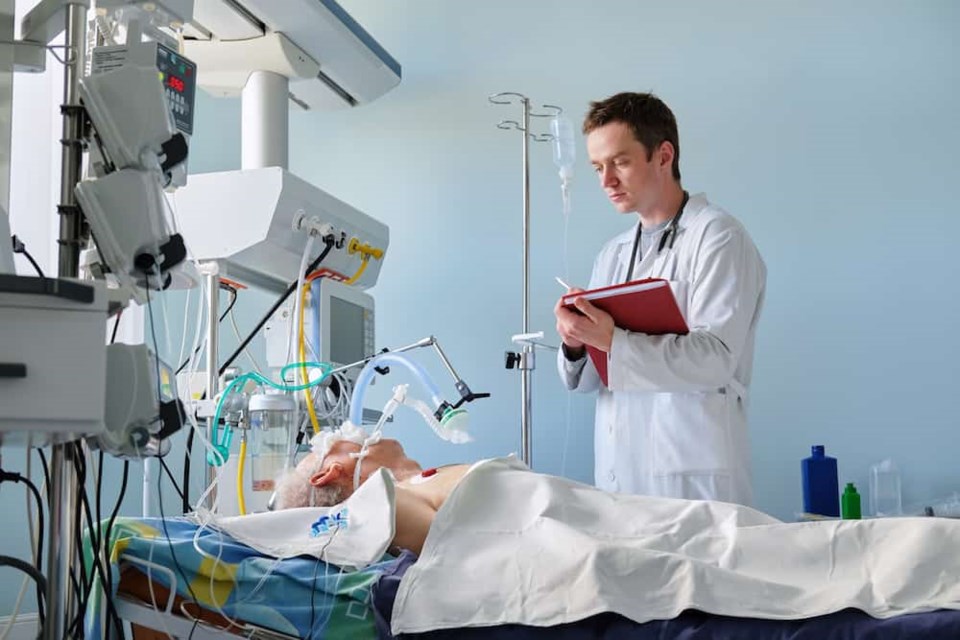A Vancouver/Calgary-based group of medical professionals, engineers and entrepreneurs have developed a new ventilator design that they believe may hold the key to saving lives in the week and months ahead.
As the COVID-19 health crisis escalates and the need for this life-saving equipment rises, two-dozen individuals have spearheaded the development of a new ventilator design. While many people who get COVID-19 experience mild symptoms, others ventilators are critical to the care and recovery of severe cases.
The Emergency Ventilator Project is crowd-sourcing partners such as engineering firms, manufacturers, assemblers and suppliers – to meet their goal of manufacturing one million ventilators over a 90-day period.
While the standard protocol for getting medical equipment into the hands of medical professional requires CDA approval, the group is hoping that some type of fast track approval can be attained or bypassed during the crisis.
“Many of my friends and colleagues recently began discussing what we might do to address some of the challenges associated with COVID-19, not the least of which is a critical shortage of ventilators,” said Corbin Lowe, whose background is largely in scaling start-up companies.
“We engaged innovative engineering firms and health care professionals, started the process of reviewing concepts that had already been developed, and arrived at a ventilator design that is basic in nature, with the required functions, but will very much serve its intended purpose. Because they would be produced without all the bells and whistles of a standard ventilator, but would have the critical functions needed for COVID-19 patients, they can be produced quickly and without complex manufacturing equipment. Our only goal is to get thousands of units in the hands of medical professionals, as soon as possible.”
The group states that the manufacturing process will involve utilizing smaller assembly plants that are already set up for medical grade equipment manufacturing. Twelve-person assembly lines would allow for social distancing – and the model would be replicated in identified sites across Canada.
“If doctors and nurses are to give patients a fighting chance, we want to do everything possible to give them the tools they require,” concluded Lowe.
For more information about the company formed to pioneer the Emergency Ventilator Project visit .



